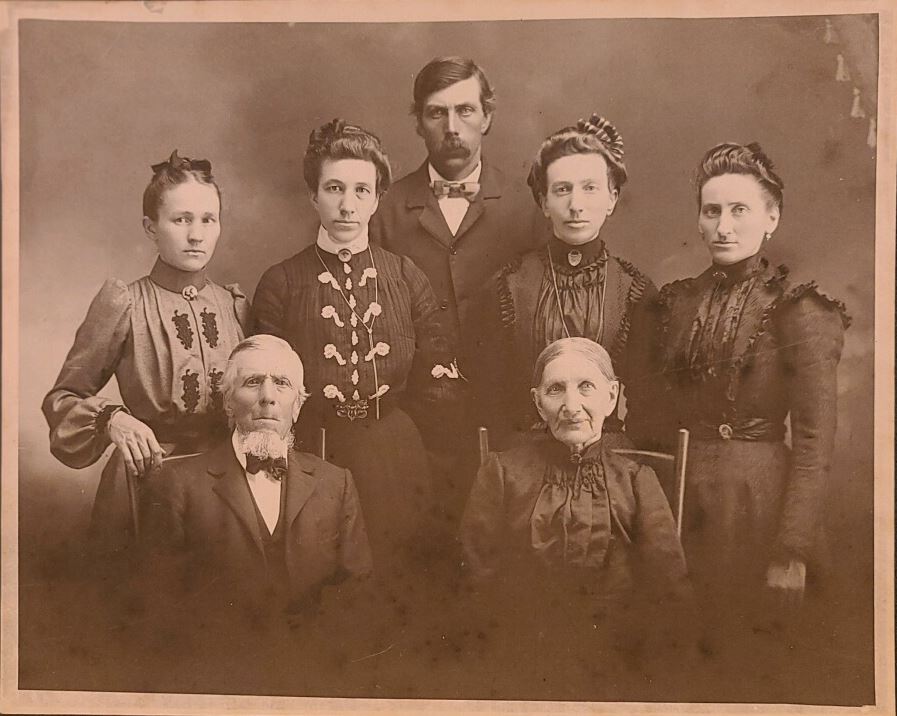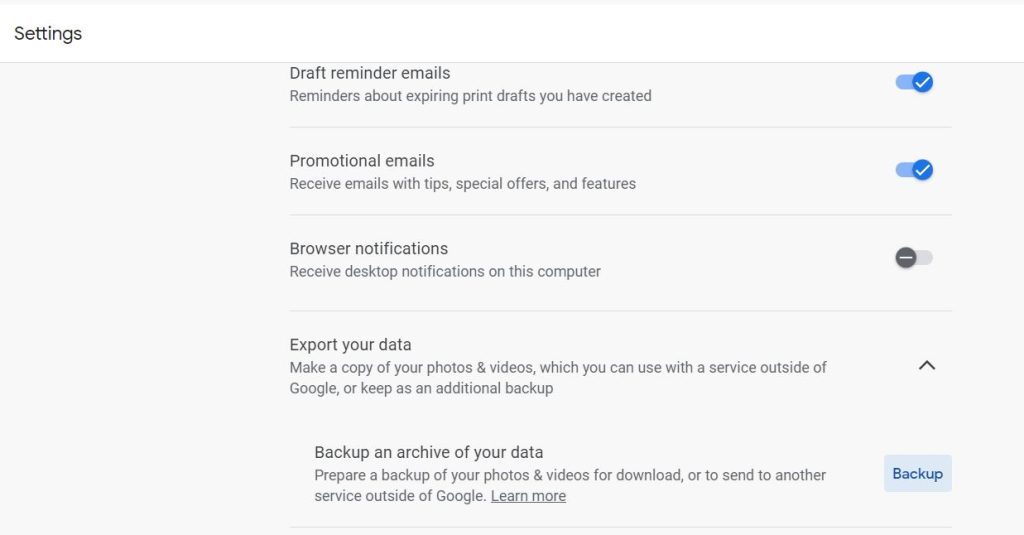
Before I begin with what I had planned to share today I want to give a shout-out to Nordia, a Customer Service Rep with Ancestry.com. Yesterday afternoon I discovered that, although I was signed on to Ancestry, I could not access complete information when I was researching. Some of the information was a blurry gray and when I clicked to view or save, I would get a pop-up telling me I needed to pay for membership. Umm, I took care of that back on February 4th when I renewed. Evidently, the individual I spoke with did not provide me with a seamless transfer as I had asked. My “gift” membership expired on the 23rd and he began the renewal on the 25th leaving me in limbo on the 24th.
I was in a panic as I had work for a client to do and Nordia saved the day. She canceled the original renewal and re-entered it with the date of the 24th. By the way, if you are using a gift membership, you should get an email with a code. I hadn’t received that.
Personally, I’m not recommending Ancestry gift memberships. In 2021, I renewed that way as there was a Black Friday discount available. So, it was a gift I bought for myself. Ancestry changed its policy in 2022 so there was no gift membership discount for current members. After I received a renewal notice I called to ask if I should continue my membership as a gift or as a regular customer. That gentleman told me it was simpler to keep it as a gift so I did. Apparently, it wasn’t but I do appreciate the quick support and professionalism of Nordia.
Now, for my regular blog. . .
I reviewed the relationship analysis for John as the father of Thomas Duer that I blogged about last week and it struck me that there were two names that I did not have in my family tree – John Piersol and Robert McClelland. Both individuals were named in documents for both John and Thomas Duer. Who were these folks?
I quickly looked at who John Piersol married and discovered it was Anne Morrison. I have a bunch of Morrisons as Jane Morrison married Thomas’s son John Duer. Jane was noted to have received money from the guardian of one of Thomas’s children while her father, John Morrison, served as an appraiser for John Duer’s will.
I knew the names of Jane’s siblings but Anne wasn’t one of them. Was she related? Morrison is a very common name but interestingly, the only male was Jane’s father, John, in any record, I found in Trumbull County, Ohio through 1830. In the 1850 US federal census, Anne reported that she was born in Pennsylvania.
I looked for online public trees on Ancestry, FamilySearch, MyHeritage, Geneanet, and FindMyPast but did not find one tree that had information about Anne. Now that was startling!
Time to investigate Anne’s husband. I quickly discovered a county history that told his story. Born in Fayette, Pennsylvania, he traveled with his mother and step-father to what is now Bellaire, Ohio but he returned to live in Pennsylvania with an uncle. Hmm, John Duer had sold land that is now in West Virginia and across the Ohio River in Bellaire, Ohio. Did the Duers meet John Piersol on the frontier?
Another county history stated Anne was the daughter of Joseph Morrison of Fayette, Pennsylvania. Again, no public online family trees for Joseph. Honestly, I can’t remember the last time I didn’t find a public tree for someone I was searching for – I’m thinking it was back in the early 2000s.
John and Anne, as a tic mark, were in Trumbull County, Ohio by 1820 and remained there in the 1830 US federal census. John Piersoll signed as a witness to John Duer’s land purchase in 1826; the other witness was Thomas Duer. After Thomas’s death, Piersoll became the guardian of three of Thomas’s children.
Only identified family members, including in-laws, were involved in court guardianship records. It’s likely that the relationship between Piersol to the Duers was through his wife, Anne. I still have a long way to go but I just might have identified a brother of John Morrison. Love the FAN Club and using Mills’ Identity Triangulation method. Best of all, this took less than an hour to discover.







